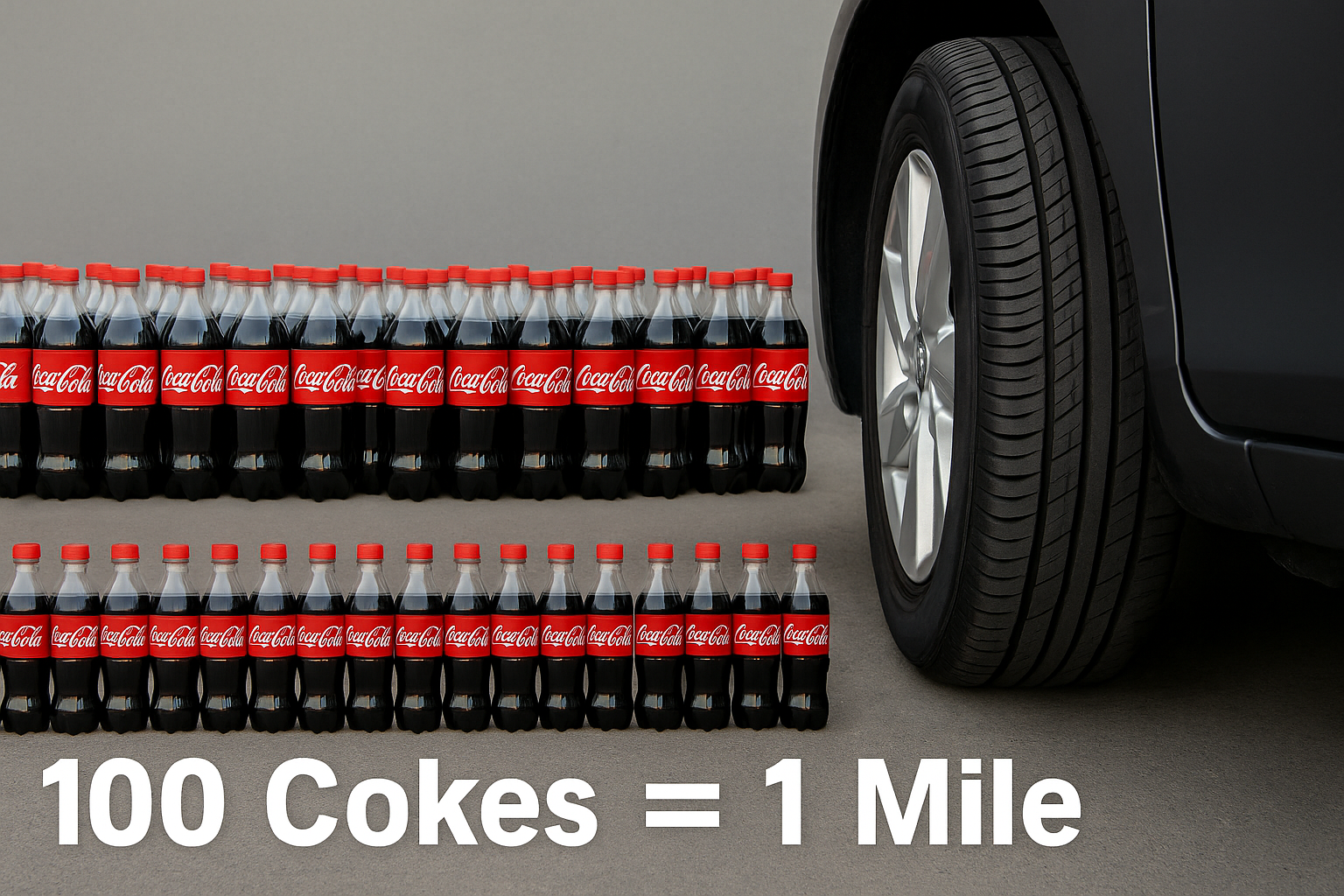100 Cokes or 1 Mile: What the EPA’s Rollback Could Mean for Cement

The EPA is moving to roll back the 2009 Endangerment Finding — at least for motor vehicles — and with it, scrap the CO₂ limits that were supposed to tighten the screws on model years 2027 through 2032. If this happens, automakers won’t have to hit those fleetwide CO₂ targets anymore, which means the federal government won’t be the one pushing them toward EVs and hybrids. EPA says the 2009 decision leaned on shaky science, uncertain climate models, and a misreading of the Clean Air Act — that it was never meant to regulate global climate change in the first place.
From their own proposal:
[“The 2009 Finding relied upon assessments that… did not adequately characterize the uncertainties and limitations in the underlying climate science, overstated the projected magnitude of climate change impacts, and did not sufficiently address the specific contribution of U.S. motor vehicle GHG emissions to those impacts.
EPA believes section 202(a) was not intended by Congress to serve as a mechanism for regulating global climate change through GHG controls on motor vehicles.”](https://www.govinfo.gov/content/pkg/FR-2025-08-01/pdf/2025-14572.pdf)
That’s the public explanation. But let’s be honest — was this ever really about saving the planet, or was it about incentives and money? Because when the incentives go away, demand for “low CO₂” solutions usually goes with them. And this is where our industry needs to pay attention. The same Endangerment Finding now being gutted for vehicles is the legal backbone for regulating CO₂ from cement plants.
Look at what’s happened to us over the past few years. Cement producers were pushed into changing their product to hit CO₂ reduction targets, the biggest change being the overnight switch to Portland Limestone Cement (Type IL). Not every owner was “forced” into it — plenty of private developers still had choices. But the big corporations building data centers, warehouses, and other massive facilities? They’re demanding Type IL, not necessarily because they love the product, but because it helps them check the box for CO₂ incentives.
And here’s why — the government wants to tax our CO₂ use. You’ve probably already seen “CO₂ footprint” numbers tied to your purchases. That’s not just feel-good marketing — it’s laying the groundwork to tax both citizens and businesses based on how much CO₂ they “consume.”
And if they really go down that road, you have to wonder — what’s the CO₂ tax going to be on our favorite carbonated drink? A standard 20 oz Coke contains about 4 grams of CO₂. To put that in perspective, you’d need to drink roughly 100 Cokes to match the CO₂ your car emits from driving just one mile. So, when that Coke “carbon surcharge” hits, don’t be surprised if it costs more to wash down your lunch than to drive to get it.
That’s the real incentive structure here: if you can show you’ve lowered your CO₂ usage, you lower your tax bill. And if you believe, like I do, that CO₂ is basically the same as energy use, then what the government is really telling you is to use less energy, less electricity, less power. And societies that use less energy do not thrive.
So if EPA pulls back the CO₂ rules for vehicles, there’s a direct path to doing the same for cement manufacturing. And if that happens, we need to be asking hard questions: without the regulatory stick and without the tax-driven incentives, is there actually a market for low CO₂ cements and concretes? My take — no. The performance hasn’t been better, in many cases it’s been worse, and without compliance pressure, the “demand” disappears.
I’m sure the American Cement Association — formerly the Portland Cement Association — is watching this closely. If the vehicle rollback survives in court, it could be the blueprint for challenging cement CO₂ limits. And maybe that’s the moment we stop pretending these changes were all about environmental benefit and admit they were about following the money. Because if the legal foundation crumbles, the whole “we had no choice” narrative collapses right along with it.










